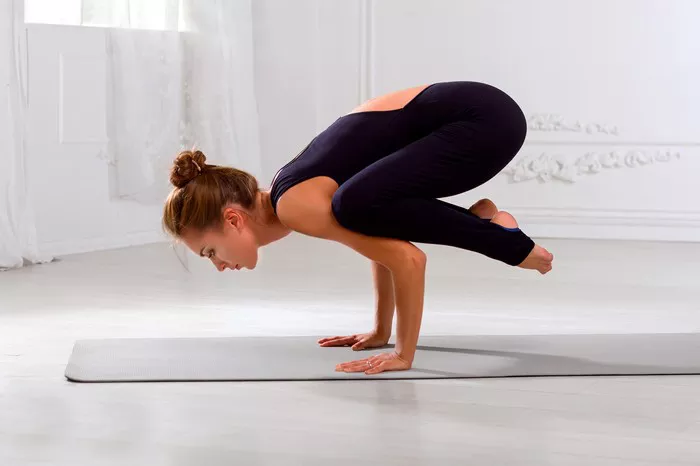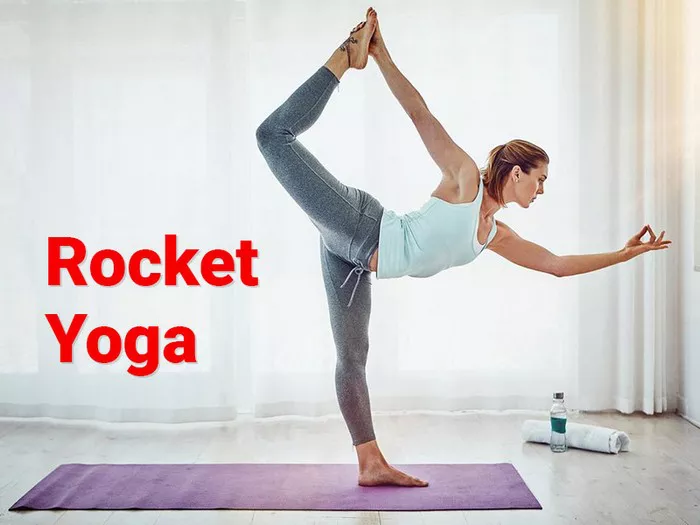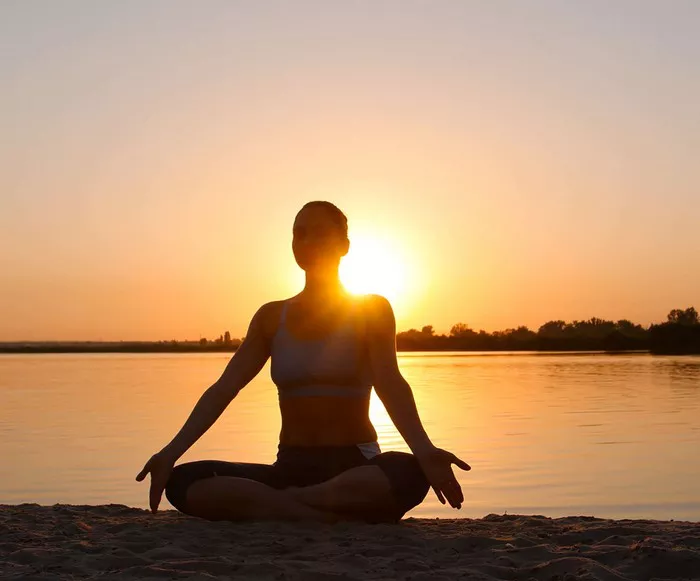Balance is a fundamental aspect of human movement and overall well-being. In the practice of yoga, balance poses offer not only physical benefits but also mental and emotional ones. From improving concentration to developing core strength and stability, these poses are essential for any yoga practitioner looking to deepen their practice. In this article, we will explore the significance of balance poses in yoga, their benefits, and how to incorporate them into your practice effectively.
The Importance of Balance Poses in Yoga
Yoga is more than just a physical exercise; it is a holistic practice that aims to unite the mind, body, and spirit. Balance poses play a crucial role in this union by challenging practitioners to find stability both physically and mentally. By requiring concentration, focus, and mindfulness, balance poses cultivate a deeper connection between the body and mind.
In addition to the mental benefits, balance poses also offer numerous physical advantages. They help improve posture, strengthen muscles, enhance coordination, and increase flexibility. Furthermore, mastering balance poses can lead to better proprioception—the body’s awareness of its position in space—which can prevent injuries both on and off the yoga mat.
The Science Behind Balance
Balance is a complex interplay of various physiological systems, including the vestibular system, proprioception, and visual input. The vestibular system, located in the inner ear, is responsible for detecting motion and spatial orientation. Proprioception, on the other hand, involves receptors in the muscles and joints that provide information about body position and movement. Visual input from the eyes also contributes to our sense of balance by helping us orient ourselves in space.
Balance poses in yoga challenge and improve these systems by requiring practitioners to maintain equilibrium while shifting their weight and changing positions. As a result, regular practice of balance poses can lead to enhanced balance and stability both on and off the yoga mat.
Benefits of Balance Poses
The benefits of incorporating balance poses into your yoga practice are manifold. Here are some of the key advantages:
1. Improved Concentration: Balance poses demand focused attention and concentration, which can help quiet the mind and enhance mental clarity.
2. Increased Core Strength: Many balance poses require engagement of the core muscles to maintain stability, leading to improved strength and endurance in this essential area.
3. Enhanced Stability and Coordination: Practicing balance poses helps fine-tune proprioception and coordination, leading to greater overall stability and control of movement.
4. Better Posture: Balancing poses encourage proper alignment and posture, which can alleviate tension and strain in the body and prevent future injuries.
5. Emotional Stability: Finding balance on the mat can translate to greater emotional stability off the mat, helping practitioners navigate life’s challenges with more resilience and equanimity.
Key Balance Poses in Yoga
There are countless balance poses in yoga, each with its unique benefits and challenges. Here are some of the most common ones:
1. Tree Pose (Vrikshasana): Stand tall with one foot rooted into the ground while the other foot rests on the inner thigh or calf of the standing leg. Bring hands to heart center or extend them overhead like branches.
2. Warrior III (Virabhadrasana III): From a standing position, hinge forward at the hips while extending one leg back behind you. Keep the hips squared and arms reaching forward, creating a straight line from heel to fingertips.
3. Eagle Pose (Garudasana): Cross one thigh over the other, hooking the foot behind the calf if possible. Extend arms forward and cross one arm over the other, wrapping the forearms and pressing palms together.
4. Half Moon Pose (Ardha Chandrasana): From a standing position, shift weight onto one leg and extend the opposite leg behind you. Rotate the torso open to the side and reach the top arm towards the sky, creating a half-moon shape with the body.
5. Crow Pose (Bakasana): Begin in a squatting position with hands planted on the ground shoulder-width apart. Lean forward, bringing knees to rest on the backs of the upper arms, and shift weight into the hands, lifting feet off the ground.
Tips for Practicing Balance Poses
While balance poses can be challenging, they are accessible to practitioners of all levels with consistent practice and patience. Here are some tips for mastering balance poses:
1. Focus on the Breath: Paying attention to the breath can help calm the mind and steady the body during balance poses. Take slow, deep breaths and focus on maintaining a steady rhythm.
2. Use Props for Support: Props such as blocks, straps, or a wall can provide support and stability as you work on balance poses, especially if you’re a beginner.
3. Engage the Core: Actively engage the core muscles to help stabilize the body and maintain balance. Draw the navel in towards the spine and keep the abdominal muscles firm throughout the pose.
4. Find a Drishti (Gaze Point): Fixing your gaze on a single point in front of you can help improve concentration and balance. Choose a point that is steady and unmoving, such as a spot on the floor or a distant object.
5. Practice Regularly: Like any skill, mastering balance poses requires consistent practice. Incorporate balance poses into your yoga routine regularly to build strength, stability, and confidence over time.
Conclusion
Balance poses are an integral part of the yoga practice, offering a multitude of physical, mental, and emotional benefits. By challenging practitioners to find stability both physically and mentally, these poses cultivate focus, concentration, and mindfulness. Whether you’re a beginner or an experienced yogi, incorporating balance poses into your practice can help deepen your connection to yourself and the world around you. So, roll out your mat, find your center, and embrace the journey of mastering balance on and off the yoga mat.






















